Continental Circus - part 3: The early 1950-ies
The most obvious motorcycle choice for privateers was the overhead cam Norton Manx, which was available in both 350 and 500cc versions from 1949 on.

Until 1949 the Velocette MKVII KTT was the best choice in the 350cc class, but production of this stopped in 1949.

The Triumph Twin was occasionally also quite successfull, despite the strange steering behaviour caused by the soft front fork. Although the Norton was a hype among private riders, there were still many things wrong with it. Like connecting rods and valve springs that broke and rear shock absorbers that did not work properly. This also caused a few victims who had to pay for it with their lives at full speed.
In the mid-fifties things changed because the English motorcycles got competition from the Italian brands. In 1956 Geoff Duke managed to win the GP of Sweden on Gilera. On the German circuits it were mainly the brands NSU and DKW that won.

Despite Norton switching to short-stroke engines in 1954, the mechanical problems remained unresolved.
In the 250cc class it was a completely different story. Until the mid-fifties, German and Italian motorcycles were leading. In 1955 the NSU Sportmax was also available for private drivers and won the world title that year. This machine was also successful in England in the hands of famous drivers such as John Surtees, Mike Hailwood, Sammy Miller and Tommy Rob.

It was not until the 1960s that NSU's success came to an end with the arrival of Bultaco and Aermacchi.
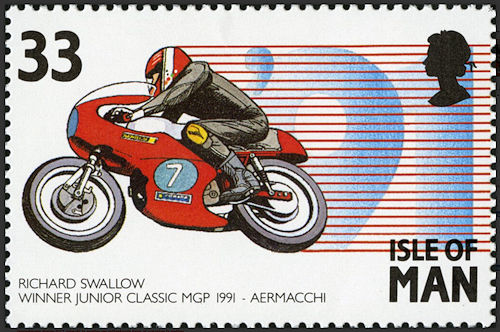
The mid-50s were golden times for brands like Gilera, MV Agusta, Moto Guzzi and NSU in the quarter-liter class.
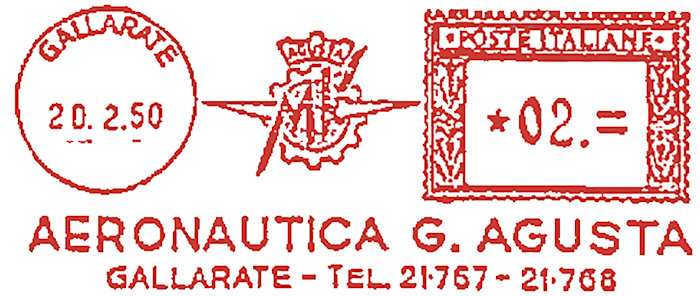
Due to the lacking success of English bikes, there were British riders who switched to Italian bikes, what was not always appreciated by their fans. The most well-known is the switch of Geoff Duke to Gilera, but also Bill Lomas who went to Moto Guzzi and Ray Amm to MV Agusta.
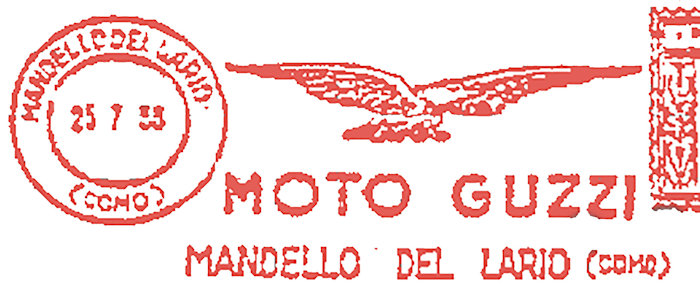
All those switching riders did give some private riders the chance to get into the English factory teams. However, many riders continued to fight with the organizers about starting and prize money, with the worst being the TT of Assen in 1955. At that time, it was not possible to make good agreements in advance, and once arrived at the circuits, the organizers gave a ridiculously low fee to the participants. Despite the number of 100,000 paying visitors, the KNMV ignored the arguments that other circuits paid more.
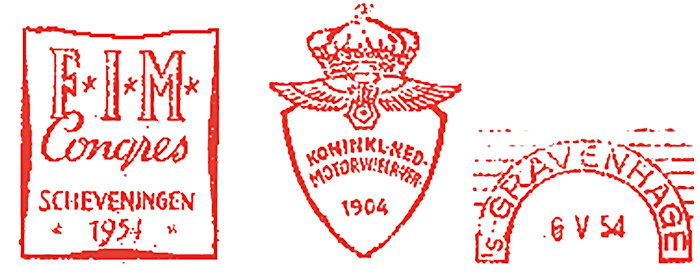
The reaction of the riders in the 350cc class was that they would ride 1 lap and then leave the track. This was considered an empty phrase by the KNMV. But the private riders put their money where their mouth was and threatened to do the same in the 500cc class. The reaction was that they would pay a little more, but still too low an amount, which of course was refused by the riders.
In addition, they also received support from Geoff Duke and the Gilera team. Facing a debacle, the KNMV changed tack and the compensation was increased, and the 500cc went ahead as planned.
However, this story had a tailspin. The KNMV filed a complaint with the FIM (Fédération Internationale de Motocyclisme), which consisted of national motorcycle associations and circuit owners, and this resulted in suspensions of 4 to 6 months. Riders who fell victim to this autocracy included Geoff Duke, Reg Armstrong, Alfredo Melani, Umberto Masetti, Jack Ahearn, Keith Campbell and several New Zealanders. These suspensions also had some consequences the following year. For example, Moto Guzzi had to find a replacement for Ken Kavanagh in 1956, and several riders missed the first races of that year.
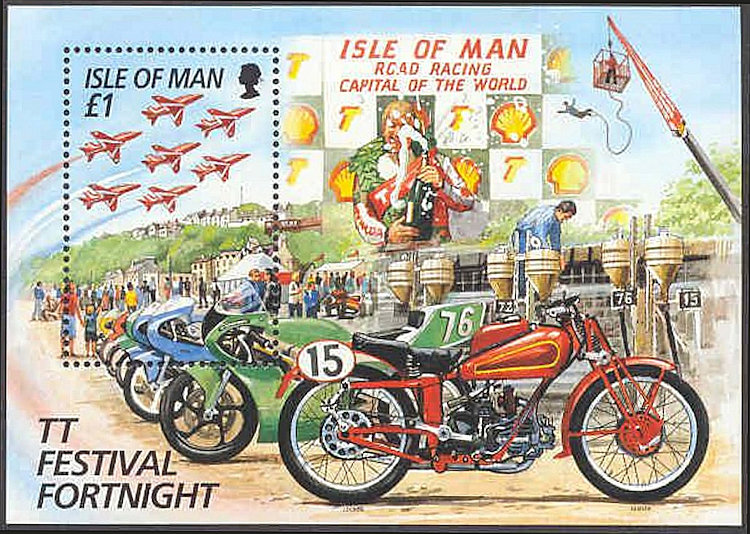
(To be continued)
Hans Baartman
Top - Back to former page - Home |